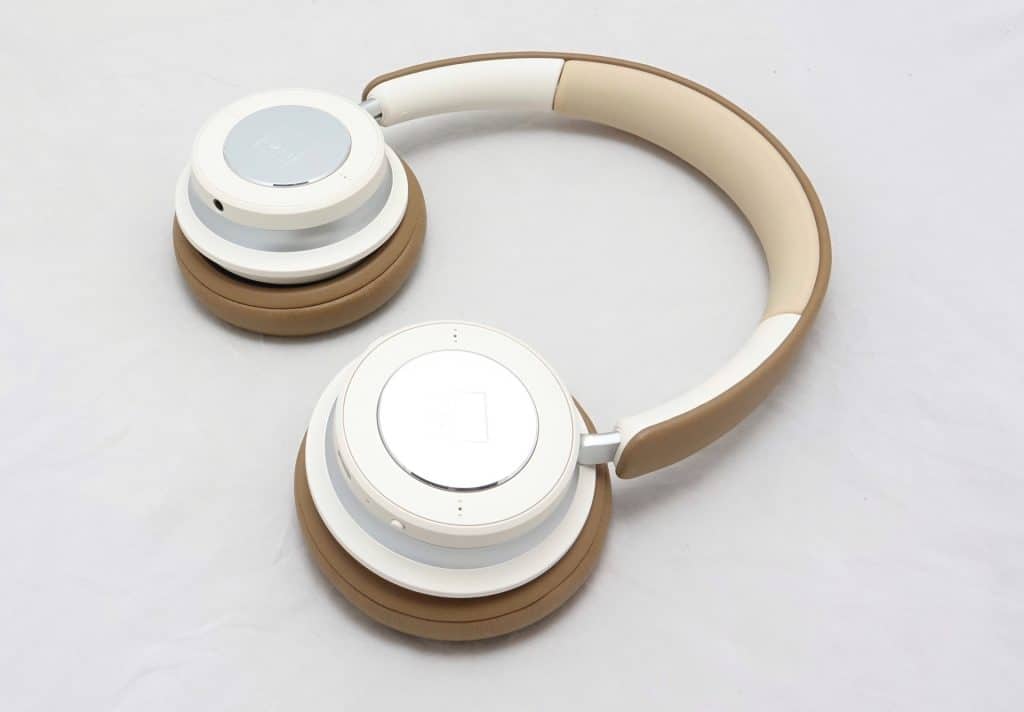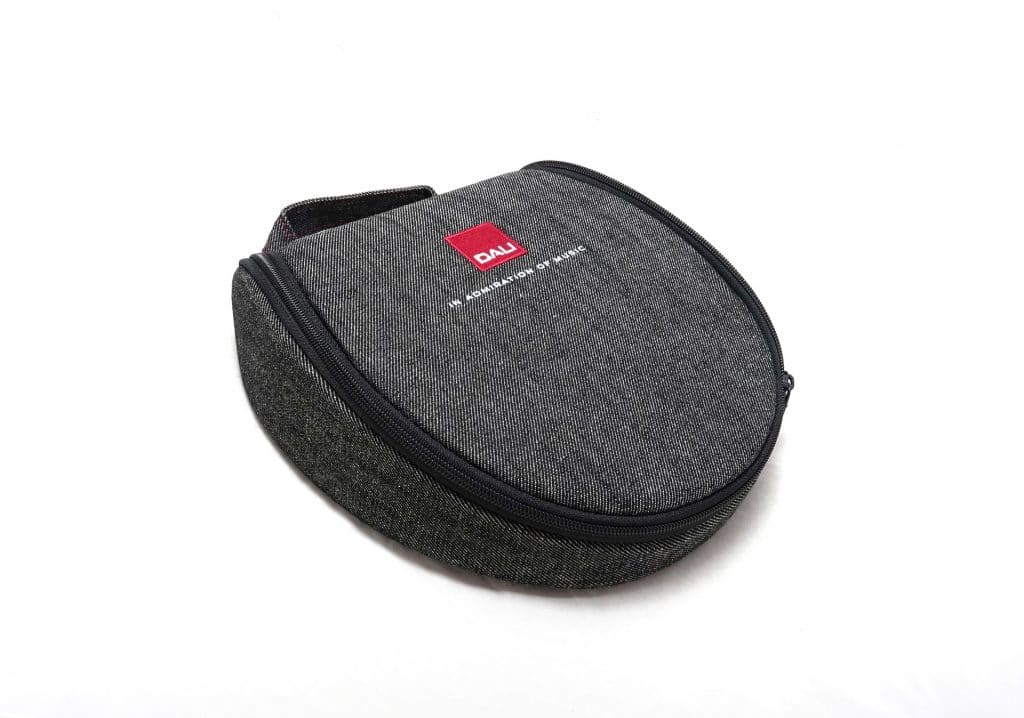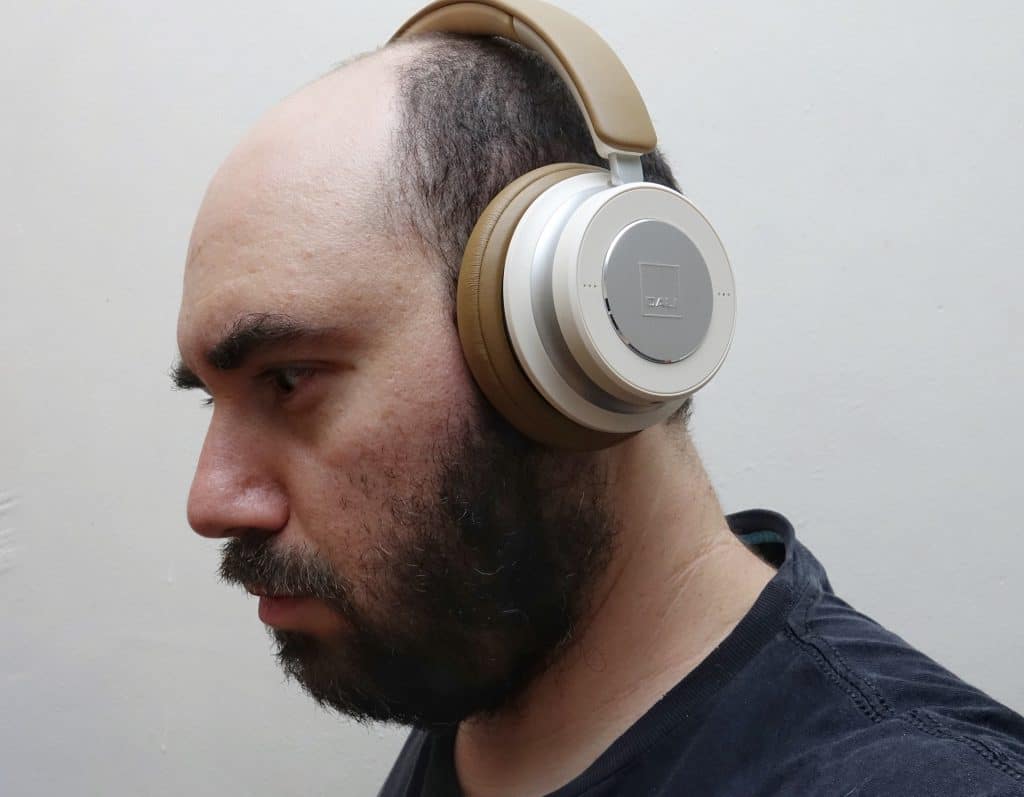Quick review
The good
The not-so-good
Not normally known for headphones, Danish audio house Dali is getting into something more portable and personal, starting with the noise cancelling Dali IO-6.
When you think of noise cancelling headphones, there are probably a few brands you think of first. Bose. Sony. Beats. They’re the first three we’d imagine that would pass through, even though there are plenty of others working in that space, including Sennheiser, Bang & Olufsen, Audio Technica, Plantronics, Jabra, JBL, AKG, Nura, Audeara, and others.
Unfortunately, while many of these make great noise cancelling headphones — we’d suggest all have at least one excellent pair — few are focused on the high-end audiophile market. With different personality and a focus on the high-end details, audiophile headphones are often a different nut to crack, and don’t typically offer noise cancellation.
Audiophile headphones are often big with a deep soundstage, but you get that special sound without cancellation. They’re often big and sit around the ear, but aren’t exactly resistant to the outside world.
But what if they were? What if a manufacturer came up with a pair of headphones that separated you from the outside world and offered audiophile-grade audio?
Design and features
Dali isn’t exactly new to building out audio gear, but it is when it comes to audio gear made to be personable. Literally in the name, Danish Audiophile Loudspeaker Industries has been building speakers for a good 30 years or so, making a name for itself in loudspeakers of sorts.
Not everyone has the room for a big pair of speakers, and so audiophile-grade headphones make an impression. Requiring much less space, and typically able to work with an amplifier and a media player, headphones made for the more discerning listener are a little different from your regular pair.
They’re often bigger, arriving with larger drivers and larger sound, and that’s more or less what you’ll find in the Dali IO-6. Adopting a 50mm driver, the Dali IO-6 may end up being a little bigger, but keep some of the high-end tech you might expect from other headphones, such as Bluetooth 5.0, aptX HD, and even support for a Type C USB cable to plug them directly into a Mac, PC, or a portable digital amplifier. Alternatively, you can use that Type C USB port to do what most people will use it for, charging the IO6 headphones.
Noise cancellation is part of the package, as is a transparency mode that switches on the microphones and boosts the volume of the outside world, with the IO-6 featuring a 30 hour battery in a body that weighs 325 grams.
The headphone style is around-the-ear and circumaural, as well as being a closed pair of headphones, and you’ll find a synthetic leather padding the ear ups, while a couple of control buttons sit on the right ear, allowing you to pause, play, and change the volume.
A case comes in the box, as does a 3.5mm cable, with this soft case holding everything in quite comfortably.
In-use
While Dali’s focus on speakers may make you recall the feeling of high-end quality, we wish the same brush would have painted to at least properly finished its headphone controls.
Even though competitors from the likes of Sony, Bose, and Bang & Olufsen have all opted for touch controls for the better part of a two or three years, Dali is keeping things positively old school with the launch of its first noise cancelling headphones.
Relying instead on buttons, you’ll find the right headphone holds all the control, with the power switch, playback buttons, and the noise cancellation button, which jumps between having noise cancellation on, off, and transparency mode on. For an interesting change, you’ll find a deep male voice telling you each mode you’re entering, distinct from the typical female voice almost every other headphone relies on, if it’s not using simply chirps, beeps, or sounds of percussion.
The buttons are old school, though, and almost take a page out of Beats’ playbook, with one headphone side featuring a click button in the centre for pause and play, while volume is controlled with clicks on the ring around it for volume up and volume down.
That’s pretty much all you need to know with the Dali IO6 headphones, because then you just need to bring your gadget, pair them wirelessly, and start listening, though there is a 3.5mm headphone jack if you prefer to go old school and wired, or even use Type C USB for a data connection to a portable digital-to-analogue converter.
Performance
We went with wireless, because that’s what most will do. Wireless headphones are built to go wireless,
Switch the iO6 headphones on, and you’ll find out what a company known for speakers can do when the audio gets a little more personal.
As is the case for every headphone or speaker review at Pickr, we’re running the Dali IO6 review through the Pickr Sound Test, which you can try for yourself on Spotify, Google Play, or Apple Music.
And that starts with the likes of electronic and pop, with the Dali IO-6 headphones highlighting the the best and worst of overly engineered tracks, punching the highs and the lows to levels, yet throwing out the mids. Regardless of whether it was Carly Rae Jepsen or Daft Punk, you’re likely getting the headphones demonstrating what the track is doing, choosing not to hide anything in between, though you do get some world-class detail.
For instance, in Ariana Grande’s “Into You”, we heard percussion elements in the background we’d not heard from any headphone test with the same song prior. Ringing in the background, the subtle elements could be picked up in the wide soundstage being delivered. It was an exciting addition, despite the obvious fact that the bass was being overly emphasised, which worried us what would happen when we jumped into heavier sounds.
Fortunately, those worries were alleviated quickly, and as we jumped into rock, we saw the Dali IO6 headphones go from being simply detailed to simply excellent.
Punch in instruments that haven’t been overly emphasised in one area over the other, such as in rock with Rage Against the Machine or the Deftones, or with older varieties such as in David Bowie, Paul Simon, and The Beatles, and you’ll see the headphones strike a soft and delicate balance between the highs, the mids, and the lows. With certain styles, the music comes out the way it was meant to, with a booming bottom end, a clear yet firm middle, and the highs of the vocals out on top.
You can see the speaker rendition in what Dali is getting across here, delivering a wide soundstage that helps the sound feel larger than the headphones you’re wearing. Granted, those cans are particularly sizeable circumaural headphones that sits around the ear entirely, but the soundstage transcends it, moving beyond what you can feel around your ears.
Take Paul Simon’s “You Can Call Me Al”, which thrusts you in the middle of the stage and appears to go beyond your head for delivery. The Beatles’ “While My Guitar Gently Weeps” delivers a beautifully transcendental bottom end to the bass, reverberating not just your ears, but the delightful tone, atop the guitars and competing for the same spot as the vocals of the legendary group.
The detail is still overwhelmingly clear, and it sets up an expectation for what we can expect in tracks that have been mastered well, particularly those with a focus on the instrumental, such as in classical and jazz.
In the former, violins rang out over cello and bass in The New Four Seasons as clearly as could be expected, creating a wide and balanced stage for a symphony of sound. At the crossover of classical and jazz, Christian McBride’s “Fat Bach and Greens” with Regina Carter saw a softly rounded bass tone with obvious snaps of the strings in the back, while the violin played a little bit of second fiddle to the bigger instrument.
And in jazz, you couldn’t escape that large soundscape, regardless of whether the performance was recorded live or inside of a studio. Both Ray Brown’s live track of “The Real Blues” and Dave Brubeck’s “Take Five” sounded expansive. Miles Davis’ “Flamenco Sketches” was possibly one of the best renditions we’ve experienced in a pair of wireless headphones yet, offering much of the absence of sound the track emphasises, while the focus on the few instruments was as sharp and clear as needed.
If you need proof of the quality in Dali’s IO-6, play some jazz. You’ll see it in the shudders the sound will send through your spine and skin. It’s a superlative experience that only a handful of headphones hit.
Overall, we found the performance more detailed and balanced than you might expect, though we’ve noted that the recording really varied in regards to performance. Tracks that hadn’t been over-engineered handled the Dali IO 6 better than others, with the best recordings offering a clear and nuanced sound, while modern music invariably came out a little too poppy.
The volume was solid, too, offering plenty at 50 percent, but able to be driven just that much harder, capable of hitting 70 percent and not feeling like your ears were being blown out. Rather, the larger volume appeared to increase the amount of delivery, plunging your head into a deeper sound stage that seemingly wrapped all the way around you.
But what about the noise cancellation?
Well that was there, but not to the level we’ve expected out of competing around-the-ear noise cancelling cans, such as the benchmark thus far: last year’s Sony WH-1000XM3 or the Bests Studio 3. Used as we walked or travelled, we found the Dali IO 6 headphones lacking in breadth of what they cancelled out, handling aspects of the background, but not the entire field. The engine noise was still there, the bass that normally disappears in people’s voices, too, and the whole noise cancellation appeared flat overall.
At least Dali has nailed the transparency mode, which unlike much of the competition doesn’t feel the need the need to raise the volume of the outside world. That’s something we saw in the Beats Solo Pro, but not many other headphones outside of it.
It doesn’t save the Dali IO-6 from having relatively underwhelming noise cancellation, but it is at least a positive aspect of its take on active noise technology.
We’d have no doubt that Dali would likely call out an airplane as to where these cans would do their best, but it’s certainly not solid all around. As noise cancellation technologies make their way to new scopes, Dali has clearly focused on the audio quality above all, and only included support for a modicum of cancellation, looking at aircraft above all.
Battery
At least you know that when you do take the Dali IO-6 in the air, they sohuldn’t give out too easily. Achieving a good 30 hours, the headphones offer more than enough performance for listening to those amazing albums in the air.
We doubt you’ll be pushing hard past the 24 hour mark, but if you need to, you can keep the headphones going with a 3.5mm cable, and thanks to the inclusion of Type C USB, there’s an easy charge on offer, or even a plug for a direct connection to a portable DAC, if you have one around.
Value
Price is one thing that may cause you to raise an eyebrow with, because at $699, these headphones are by no means “cheap”.
Easily at the high end of the noise cancelling headphone market, the Dali IO-6 attracts a higher cost than the Bose 700 headphones, hitting where Bang & Olufsen has set up shop with the $699 Beoplay H9i headphones.
At the $700 mark, you’re getting more than a decent pair of headphones, but the noise cancellation doesn’t feel as strong as the rest of the package.
What needs work?
It’s not the only part that feels like it could do with some work. At this part of the market — agt the $700 price point — you expect your headphones to offer a few more touches than just heavy click buttons, yet that’s all you’ll get.
The buttons for pause and play, and for volume up and down aren’t hard to get used to, but they are a far cry from the touch gesture controls other headphone makers have been using in their high-end cans.
The design aesthetic is also the other critical point, because it won’t be for everyone. A little luxe and yet also a little out there, the Dali IO-6 appear to go for a premium look, but finish it with synthetic materials. While B&O opts for leather, Dali has gone with a synthetic leather, and while it’s comfy, it lacks the top tier experience you expect. It also looks a little clumsy, coming less like an expensive headphone and looking a little more cheaply.
Put it this way: while the sound is strong, the design may not be appealing to everyone.
Final thoughts (TLDR)
Achieving a sound rendition more deserving of the detail audiophiles crave, Dali will win admirers yearning to take their big headphones on the road and in the air.
Make no mistake, the Dali IO-6 aren’t really built to compete with the best noise cancelling cans around, and Sony, Bose, and Beats still have plenty of an edge for active noise cancellation. But if you’re looking for a pair of headphones that goes the extra mile in terms of sound quality and detail, you’ll want to check out Dali’s IO 6.
The Dali IO-6 are audiophile headphones made for flying, and ideal for someone who wants to keep their quality up in the air. Next time, we’d love to see improvements in the cancellation space, but until then, it’s a great start to getting high-res sound in the sky.















